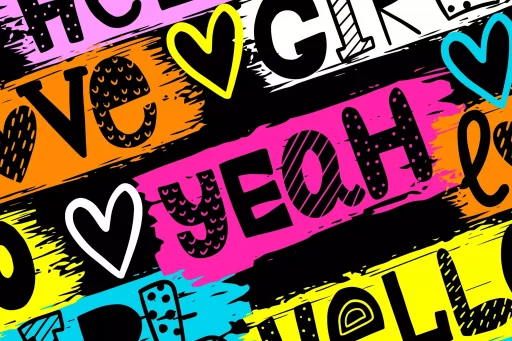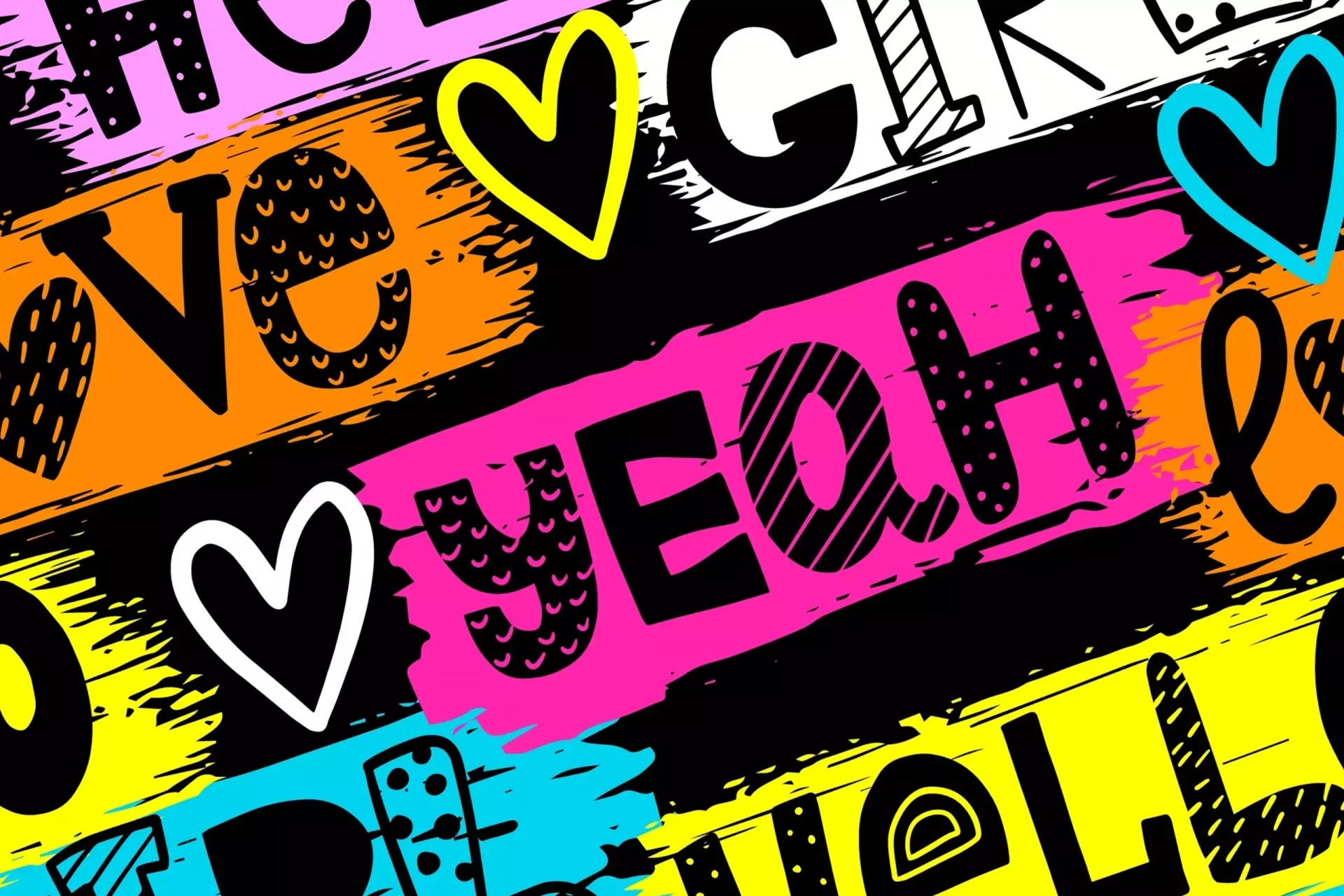Introduction to RCS
Rich Communication Services (RCS) is a protocol designed to enhance traditional SMS (Short Message Service) and MMS (Multimedia Messaging Service) messaging, offering users more advanced features and capabilities. Unlike SMS, which has limitations in terms of data transmission and interactivity, RCS allows for a richer, more interactive messaging experience akin to that found in popular messaging apps like WhatsApp and Facebook Messenger.
What Makes RCS Different?
RCS provides several notable benefits over standard SMS, including:
- Enhanced Media Sharing: Send high-resolution images, videos, and audio without size restrictions.
- Read Receipts: Know when your messages have been read, similar to other messaging platforms.
- Typing Indicators: See when the other person is typing a response.
- More Interactive Features: Include call-to-action buttons, quick replies, and more.
How RCS Works
RCS works over Wi-Fi or mobile data and is integrated into the default messaging app on many smartphones. When both users have RCS enabled on their devices, they can send and receive RCS messages seamlessly. If a recipient does not have RCS active, the message defaults to SMS/MMS, ensuring seamless communication regardless of the technology used.
Real-World Usage of RCS
Major telecommunications operators and smartphone manufacturers have embraced RCS to improve user engagement and provide businesses with advanced messaging capabilities. Companies such as Google have been instrumental in this initiative by offering RCS messaging through their Messages app.
For example, many restaurants and service providers utilize RCS to send promotional messages, reservations, and order confirmations, enhancing customer engagement through rich content.
Statistics on RCS Adoption
As of 2023, RCS has gained significant traction, with over 1.4 billion RCS-enabled devices worldwide. Many mobile operators are rolling out RCS services, and by 2025, it’s predicted that RCS will cover up to 50% of all mobile messaging traffic.
- According to GSMA, RCS adoption is projected to grow by 42% annually.
- RCS messages have an engagement rate of 80%, compared to 27% for SMS.
- Businesses leveraging RCS have seen a 33% increase in customer interactions.
Case Studies: RCS in Action
Case Study 1: Vodafone
Vodafone launched a campaign using RCS to send personalized updates to users about their account status, offer tailored promotions, and provide customer support. The campaign saw a 70% open rate and customers reported high satisfaction levels due to the immediacy and interactivity of the messages.
Case Study 2: Domino’s Pizza
Domino’s integrated RCS to allow customers to place orders directly through the messaging app. Customers receive updates about their order status, including a tracking system that lets them know when their pizza is on the way. This innovative approach resulted in a 35% increase in online orders made through the messaging feature alone.
Challenges and Considerations
While RCS presents many opportunities, it also faces challenges:
- Compatibility: Not all carriers or devices support RCS, which may lead to inconsistent experiences.
- Standardization: Different providers may implement RCS differently, complicating usability.
- Spam Concerns: As businesses adopt RCS, managing spam and maintaining user trust will be vital.
Conclusion
In conclusion, Rich Communication Services (RCS) represents the future of messaging, bridging the gap between conventional SMS and modern messaging applications. With its rich features and growing adoption among businesses and operators, RCS is enhancing how we communicate. As technology evolves, we can expect RCS to become an integral part of our messaging landscape, offering exciting opportunities for users and businesses alike.


